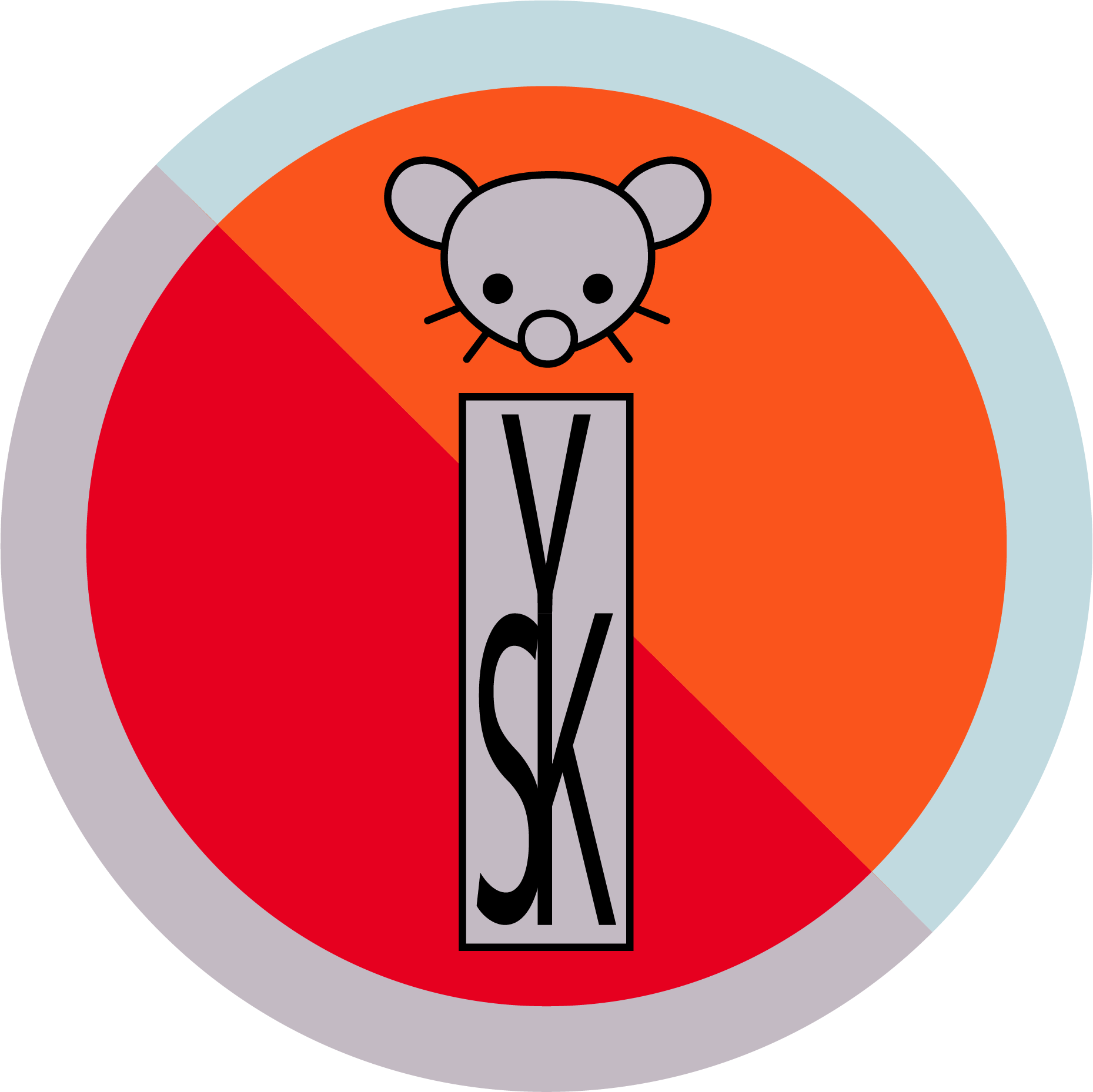

Building apps without using code is still programming, since you must create logic for the program.


Building apps without using code is still programming, since you must create logic for the program.


Last time I tried to set it up, I had problems logging in.


Now they should make their own compatibility layer to run Windows games on Android.


deleted by creator


I don’t know. I use KDE on Debian on my desktop, but I have set up Linux Mint Cinnamon on family laptop and it runs and looks fine.


I am a Debian user, and I think you are 100% right :)


I am probably 1/2, but creating images in my mind is not something I do on a daily basis, which is probably why I lack creativity in certain areas. Also I had hard time remembering faces for most of my life, and only recently it get slightly better.
Also I’ve noticed that the more I think about how something looks like the less I am able to picture it in my head, sometimes even not being able to remember my crush’s face which is probably strange as fuck.


That said, did they fix the issue where explorer (with the desktop) would just randomly crash for no reason? I’ve worked in IT for 3 months and it was a frequent issue.
Windows 8 is ancient though.


I don’t have time playing games right now, let alone modern games which need few gigabytes of updates, load for a couple of minutes each time, and where I need to remember what I did last time.
If you have a phone with Android, it already runs Linux.


Someone should make a book called “Life. Beginner’s guide” and put stuff like that there.


I’d rather pay for shit and not have ads.
Just as I said, maybe except Android or Apple smartphones, neither of these tech companies create products which are required for a living. And there are usually some more eco-friendly alternatives in another industries as well, even if more expensive ones.
Just don’t use products made by these corporations. It’s your choice. Stop pretending it is not.
Edit: WELLL, maybe except Google or Apple, since it is forced on society to use smartphones, which sucks, but that’s where some government regulation could help.


deleted by creator


I am grateful that my past me (from few months ago) decided to study Slavic philology, instead of getting stupid tech job. I hate modern tech, including anything from big corporations.
I am also glad that I’ve switched to Linux (Debian ftw) to escape software enshittification.


I think a lot of people expect Linux to work like Windows, and that’s why they go back to Windows, even if some stuff is easier on Linux.
Many of us probably remember times when we tried to download random applications through a web browser, because that’s what Windows expects you to do. People will try that, and be confused, why stuff breaks or not work at all.
If Microsoft keeps breaking shit, companies will eventually look for alternatives.